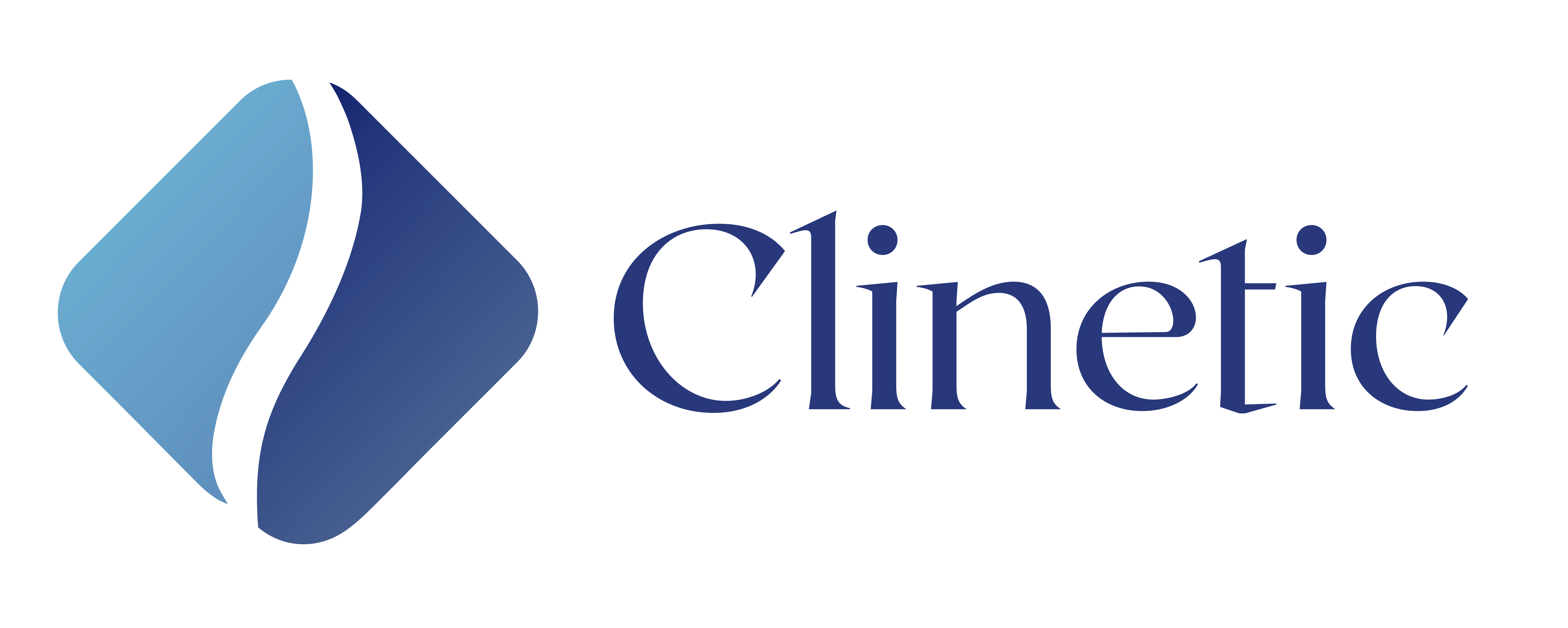Scoliosis
What is Scoliosis?
Scoliosis is a bone condition that affects the spine. It causes a patient’s backbone to curve and sometimes shift in both directions in separate areas of the spine. A patient is considered to have scoliosis when the spine’s curve angle exceeds 10 degrees. Commonly, there is no precise reason for scoliosis. The condition is considered “idiopathic” if the doctor cannot determine a definite cause.
The diagnosis for scoliosis is separated into one of two categories: structural and non-structural. Structural scoliosis is diagnosed when the curve of the spine is too stiff to be treated and straightened. Non-structural scoliosis is diagnosed when the curve of the spine can be corrected and reversed with treatment.
Causes of Scoliosis:
- Structural: birth defects, cerebral palsy, genetic conditions, infections, tumours, muscular dystrophy, or injury
- Non-structural: inflammation, muscle spasms, or a difference in leg heights
What does Scoliosis feel like?
Symptoms of Scoliosis include:
- Uneven shoulder blades where one pops out or sticks higher than the other
- Rotating spine
- Uneven hips
- Breathing problems caused by a restricted chest area
- Back pain
How can Scoliosis be managed?
Treatments for Scoliosis:
- ART and IASTM
- Dry needling
- Manual therapy
- Rehabilitation exercises
- Acupuncture
- Chiropractic and massage therapy
- TENS for pain

